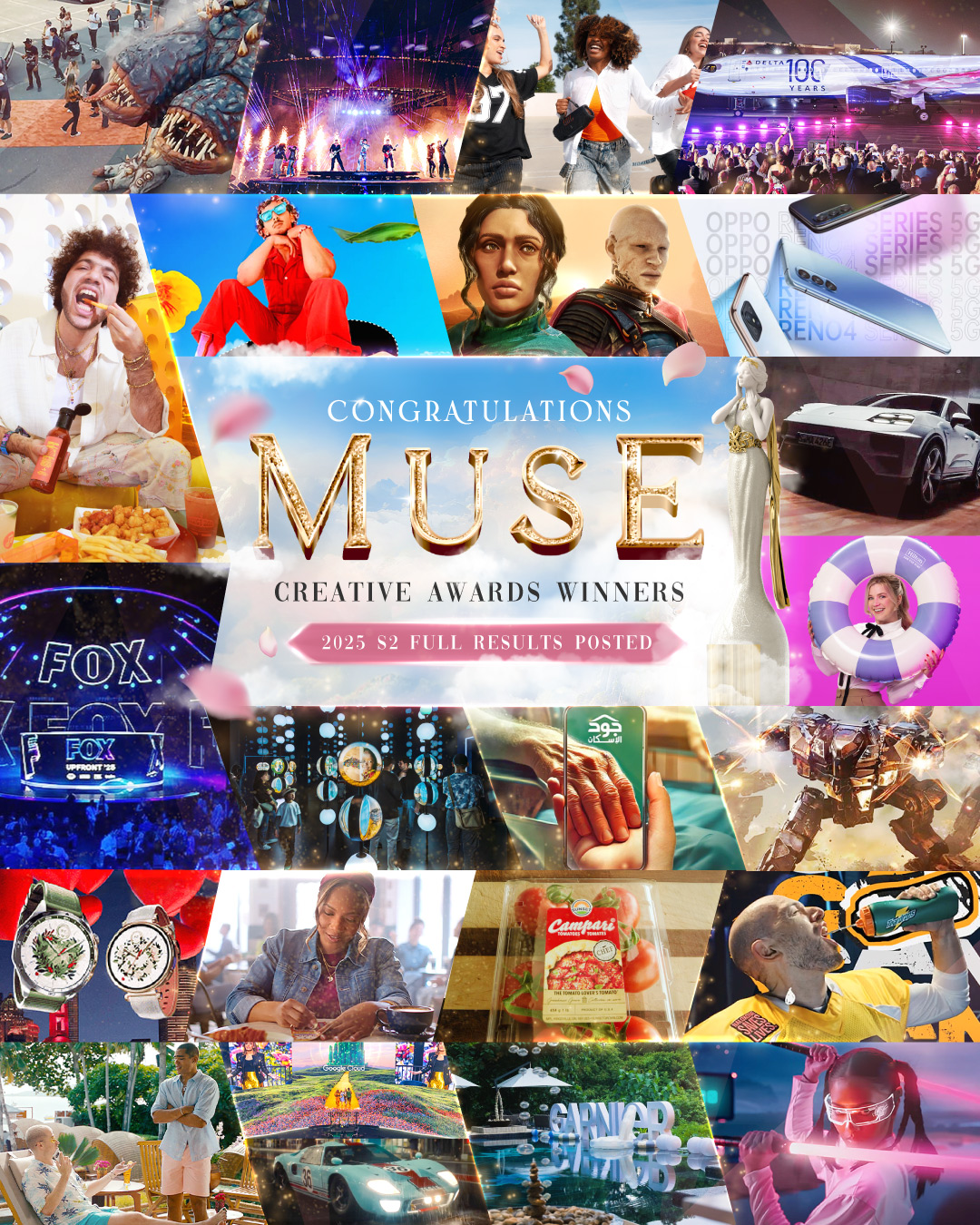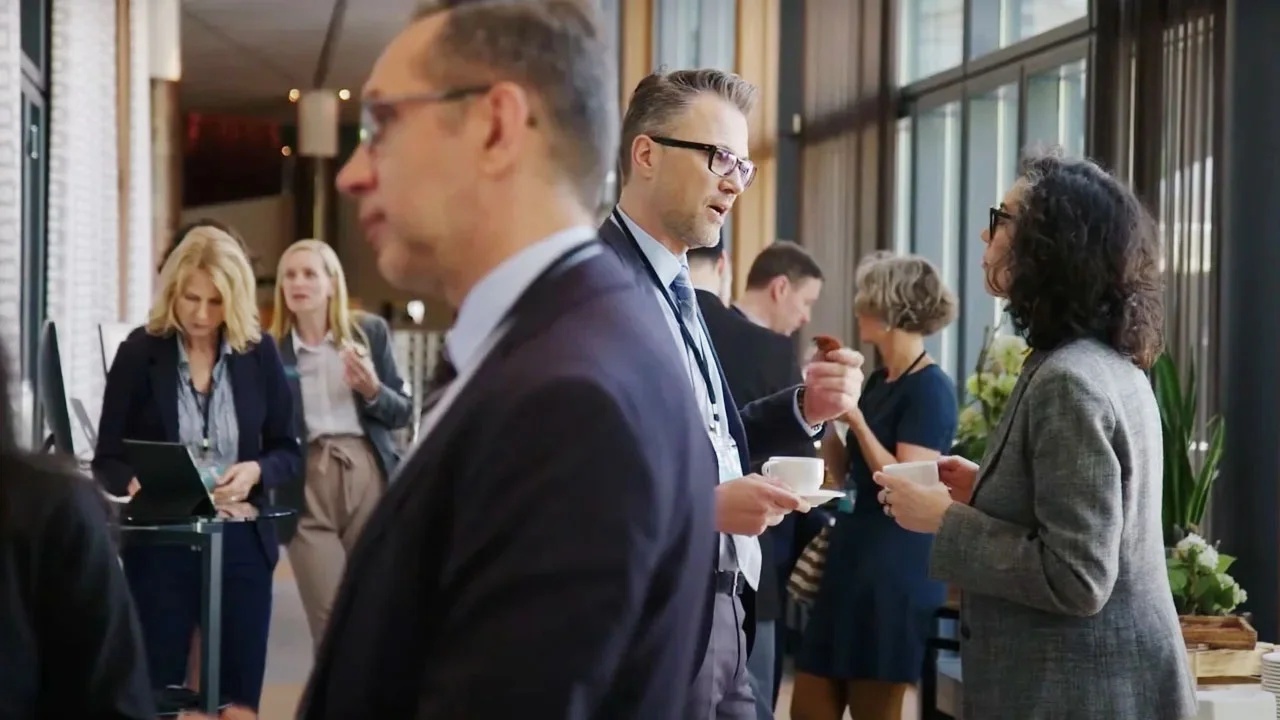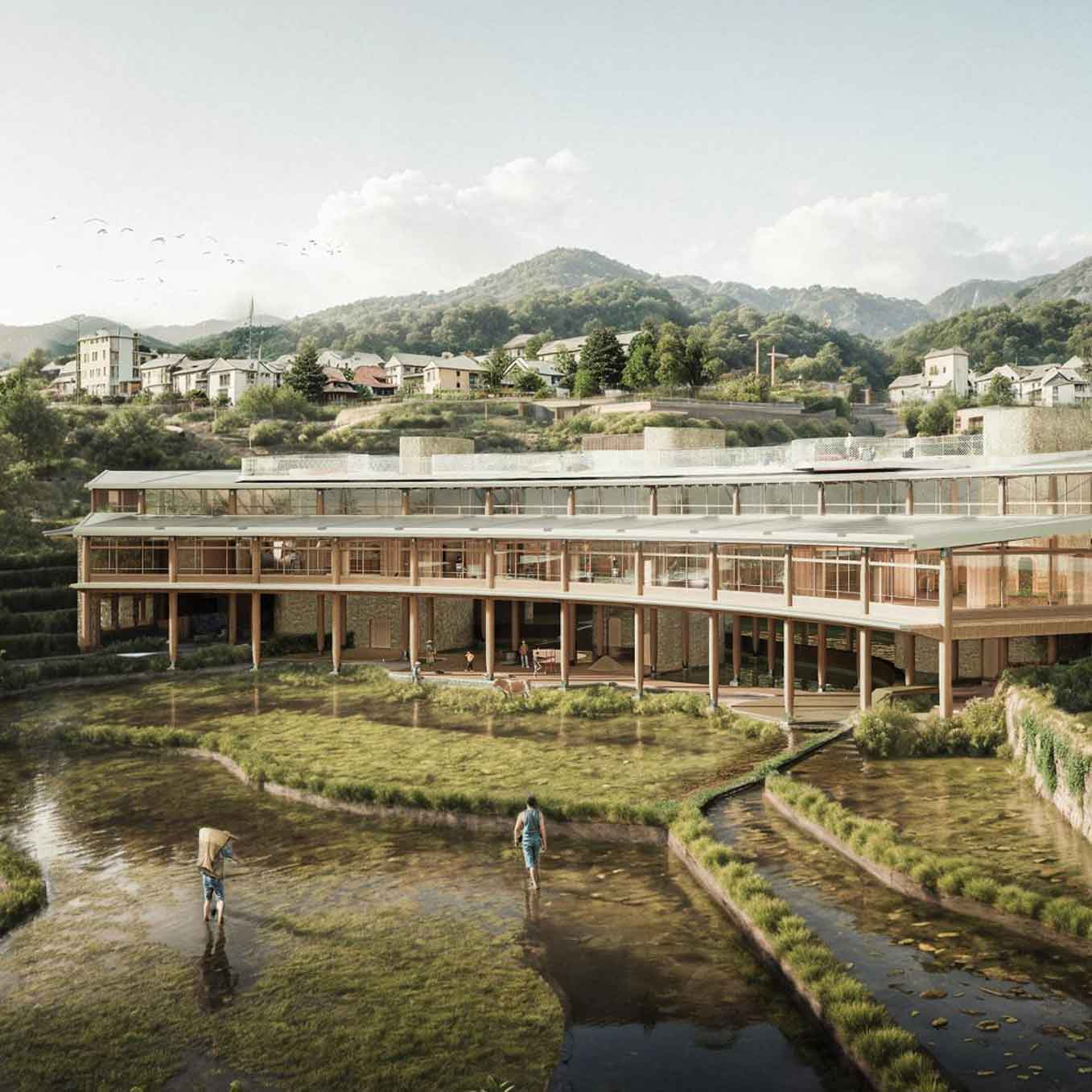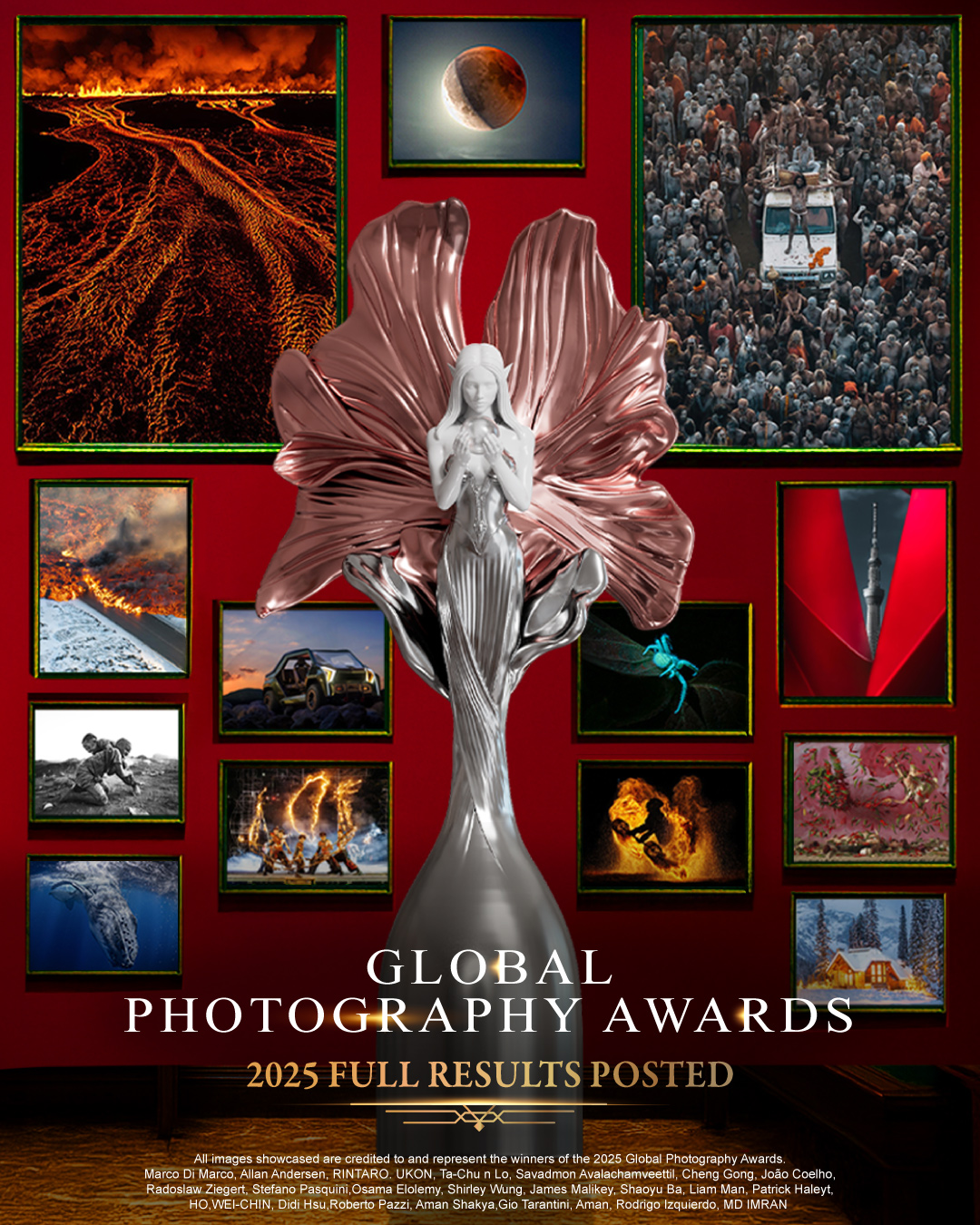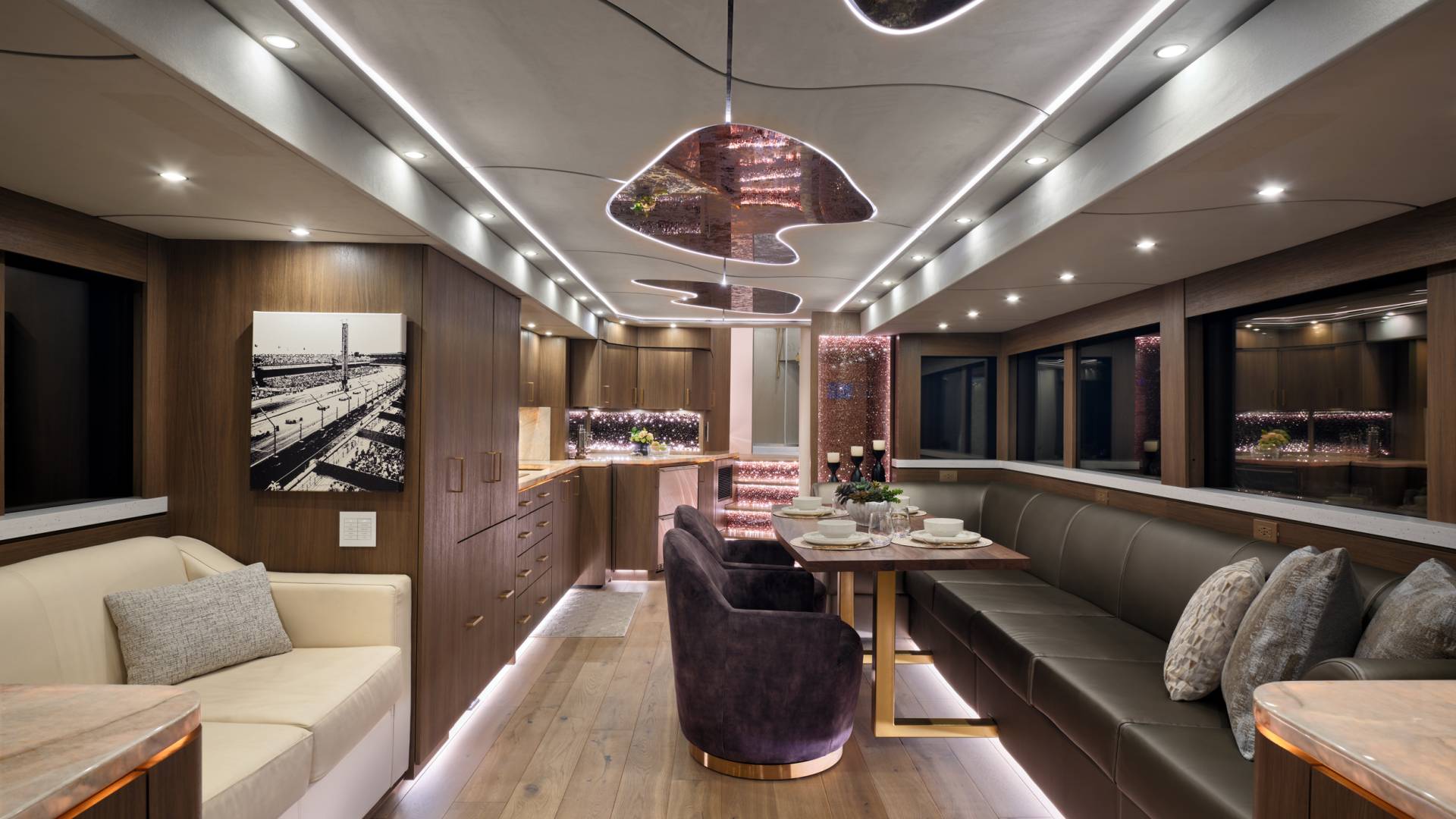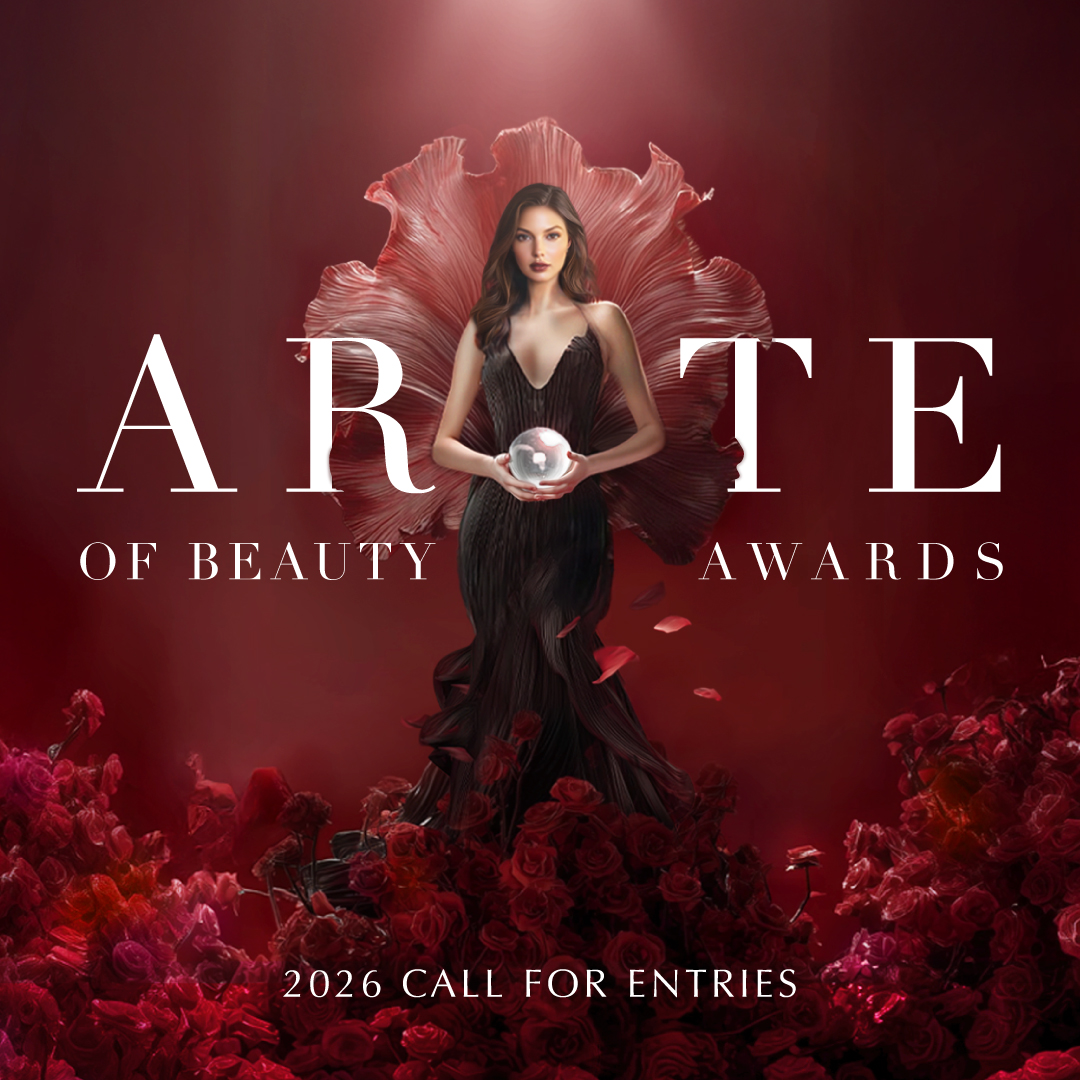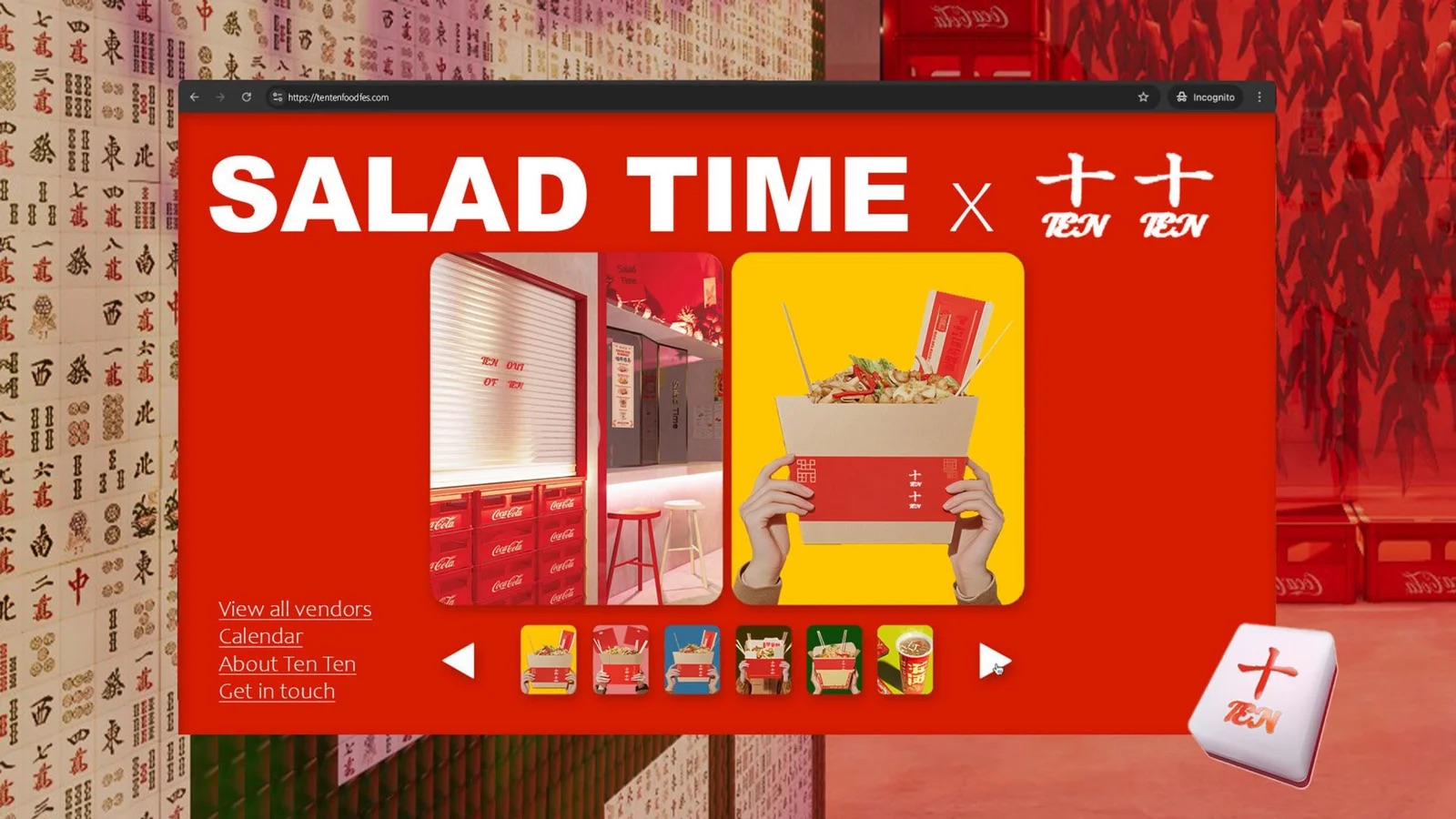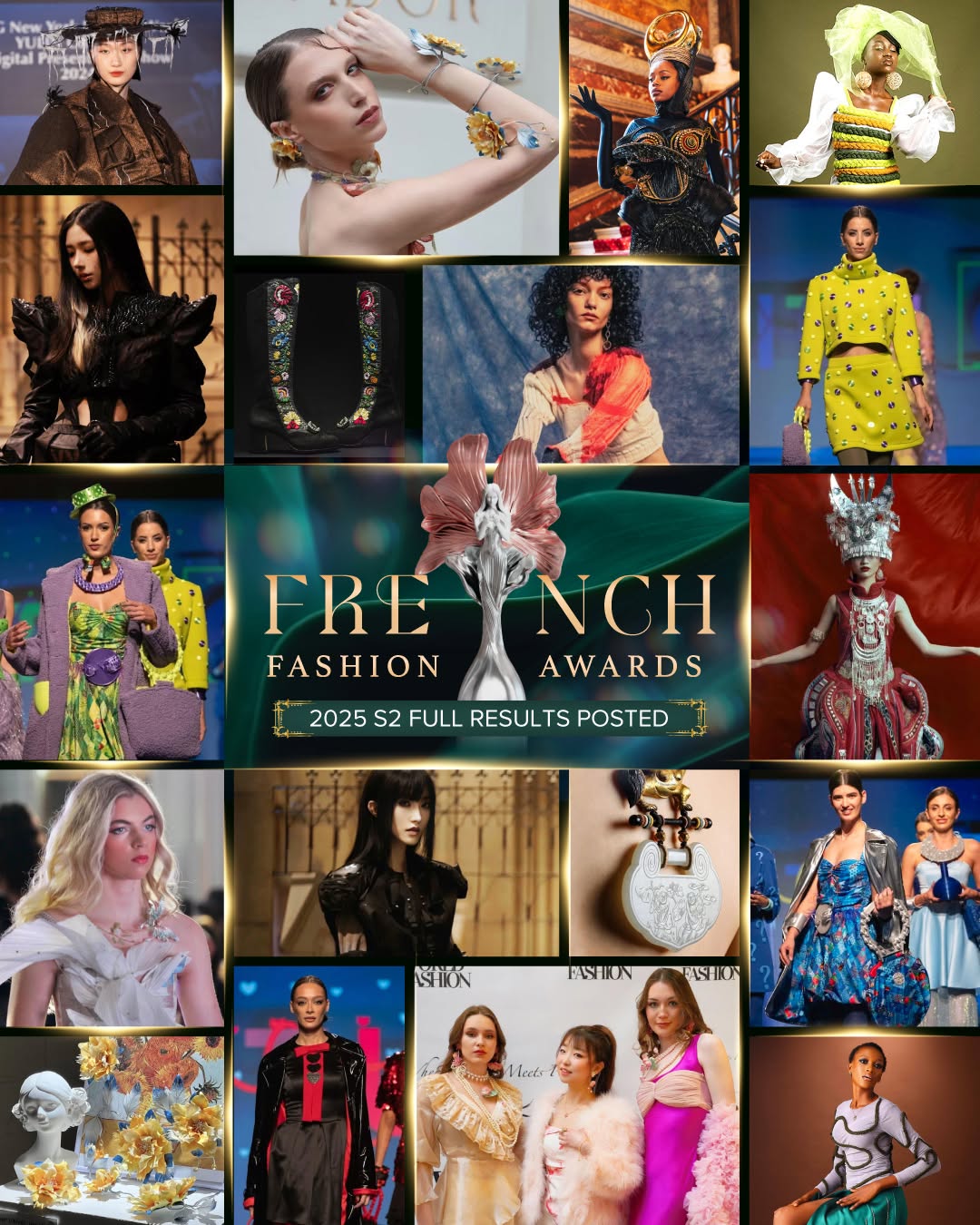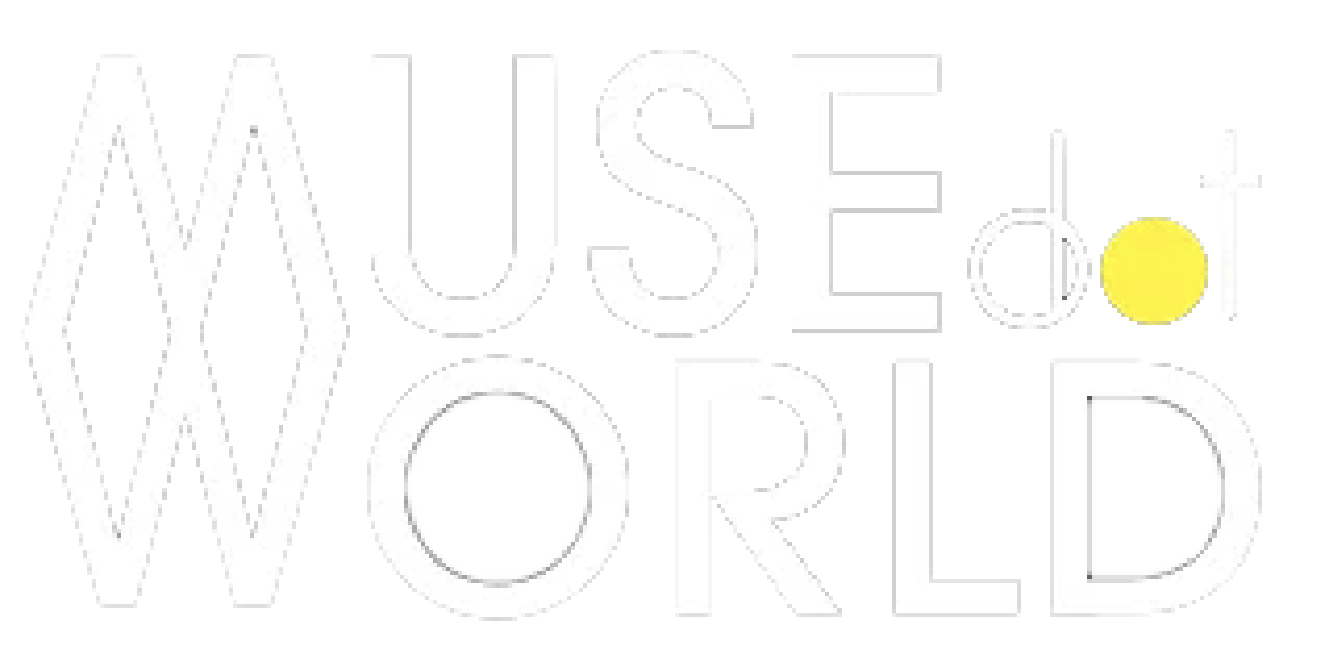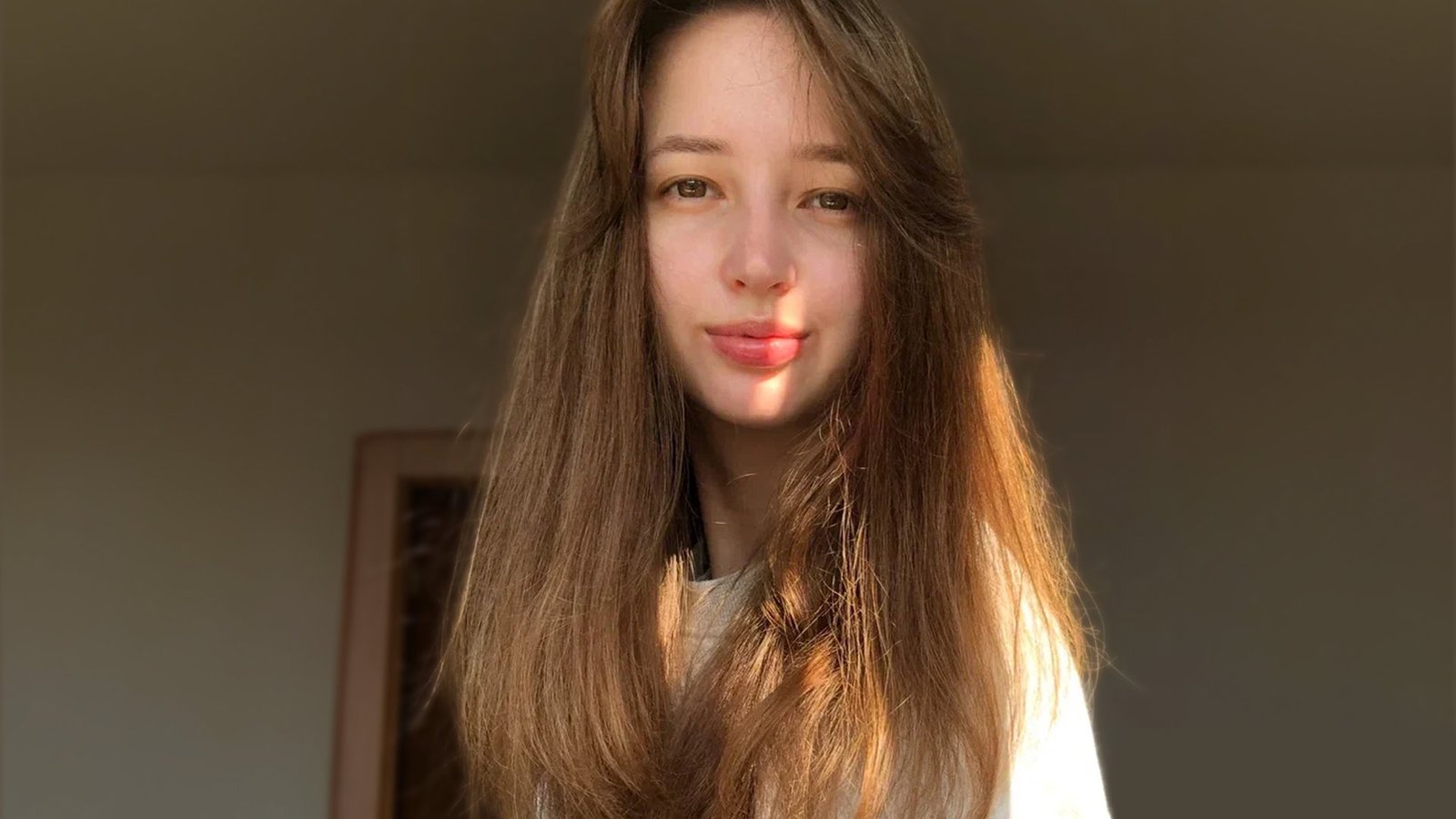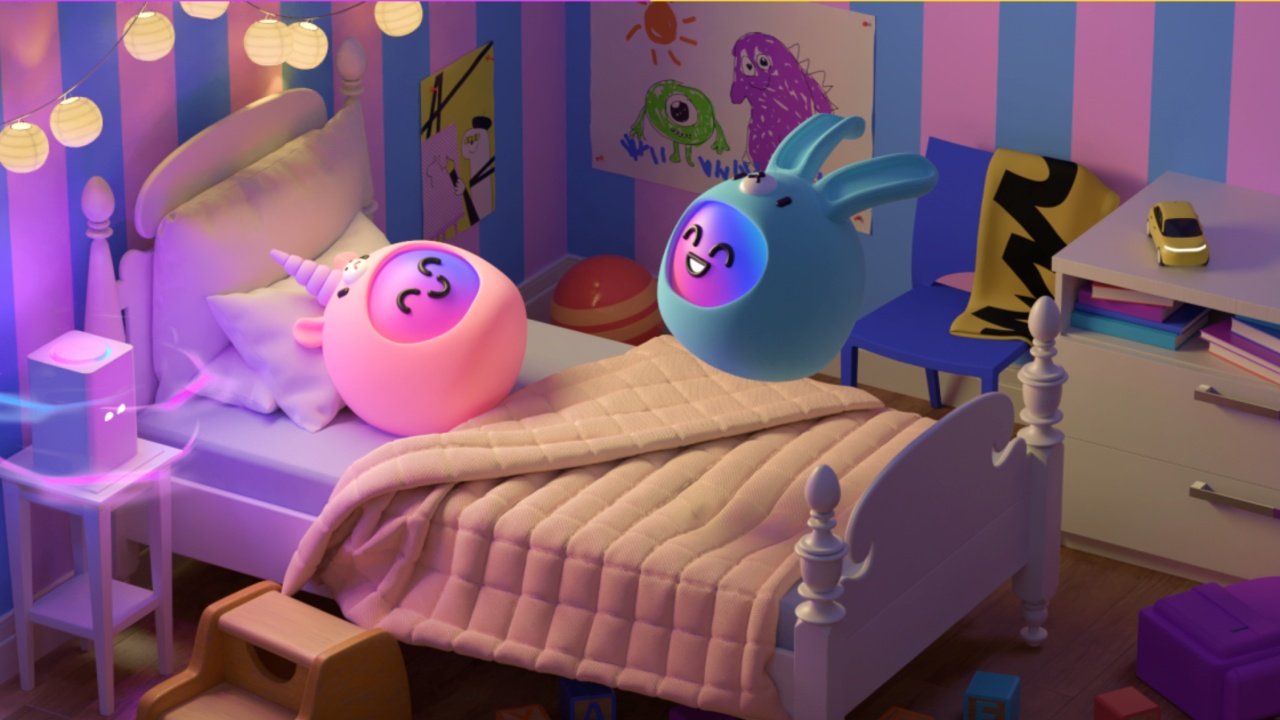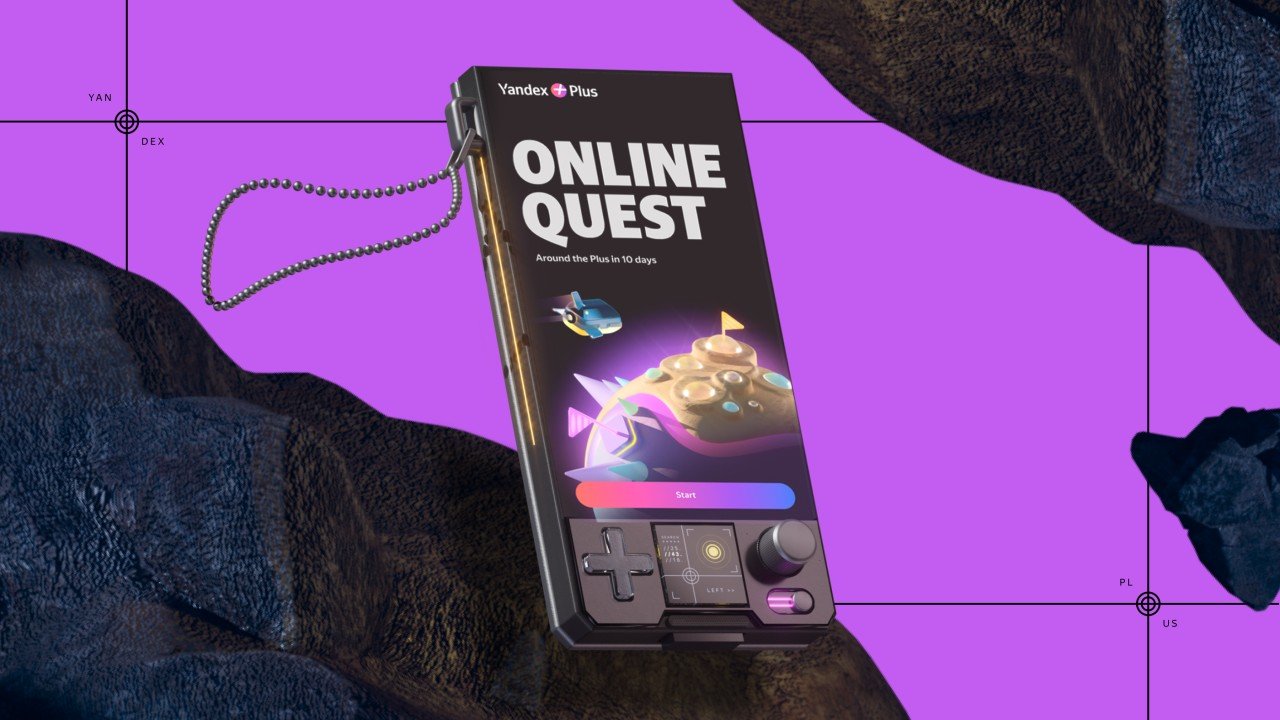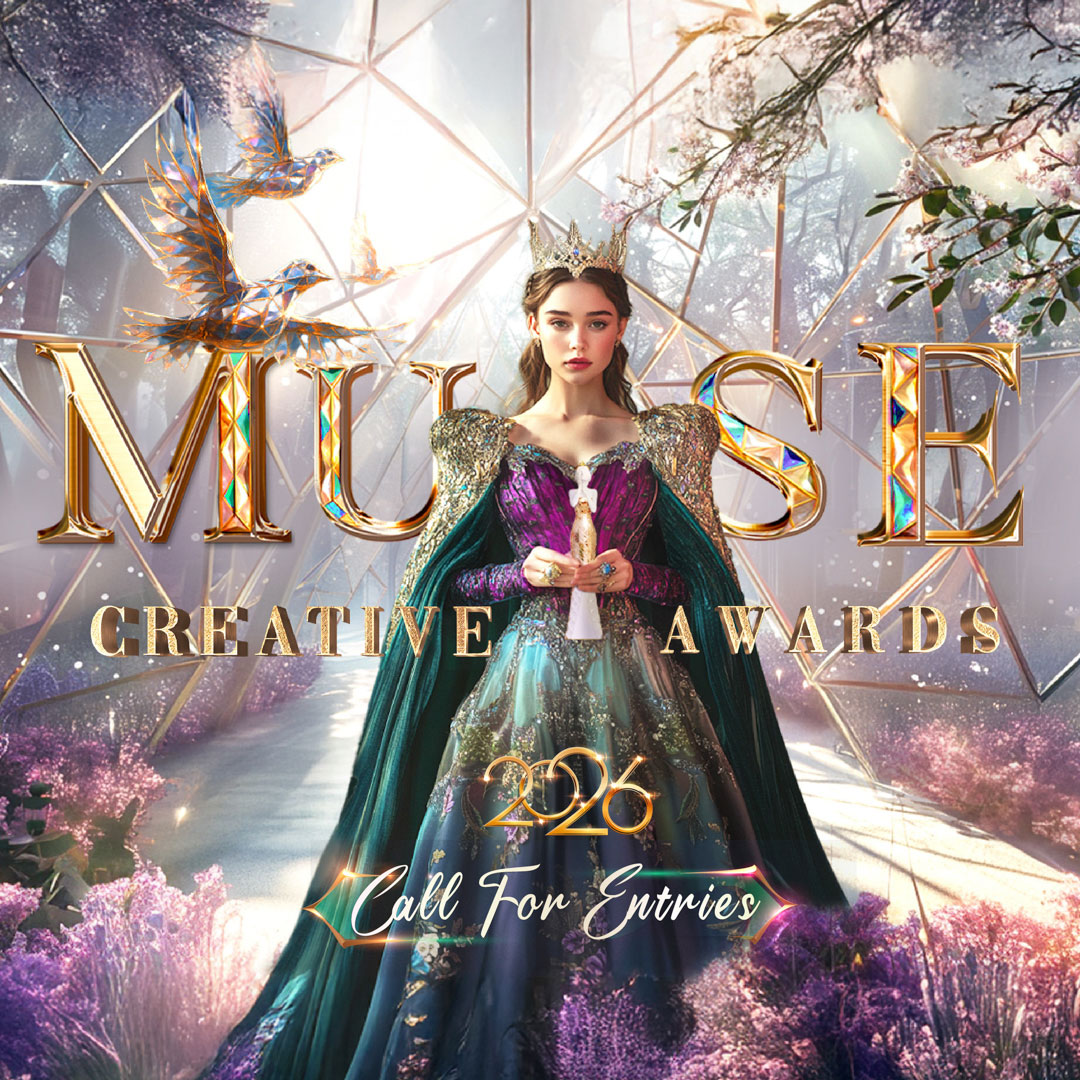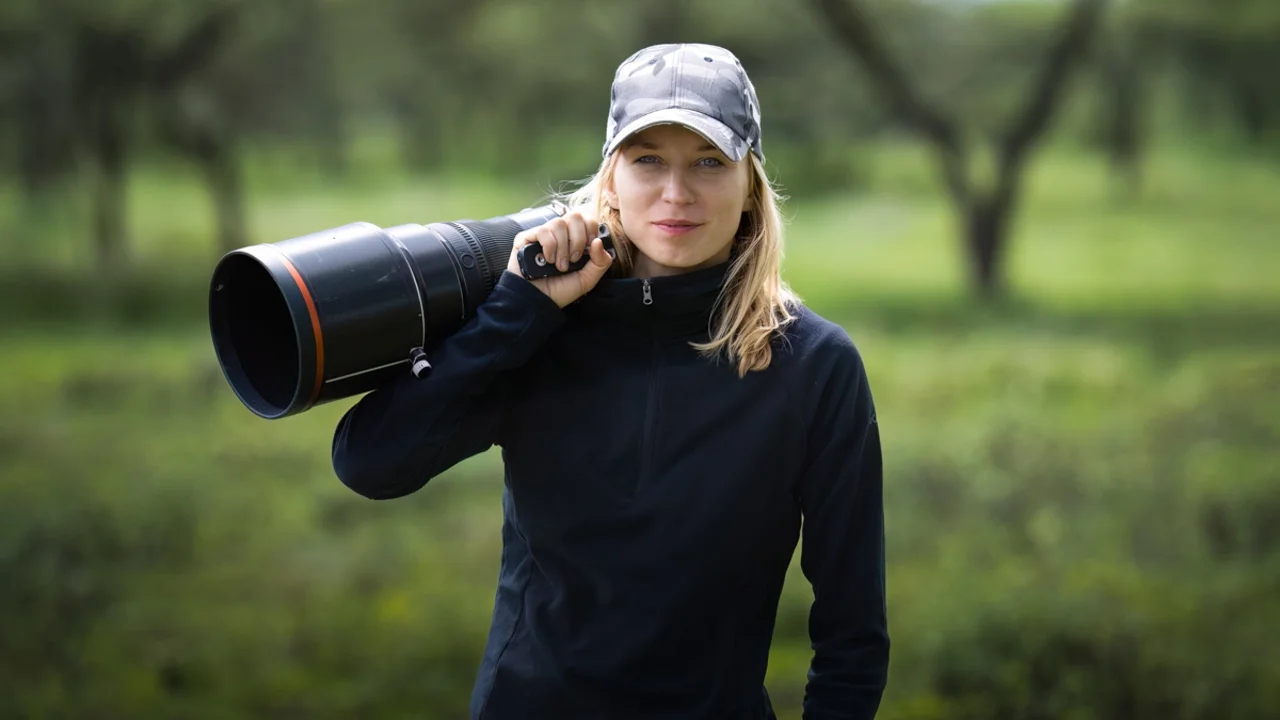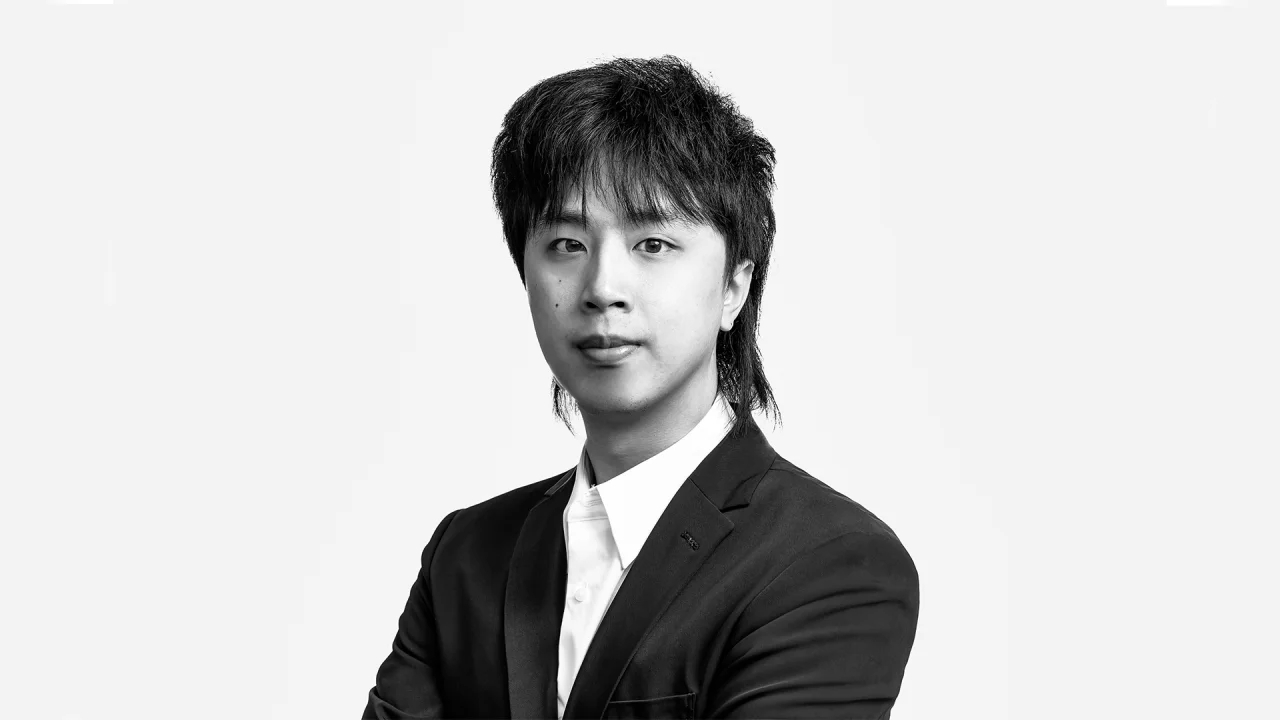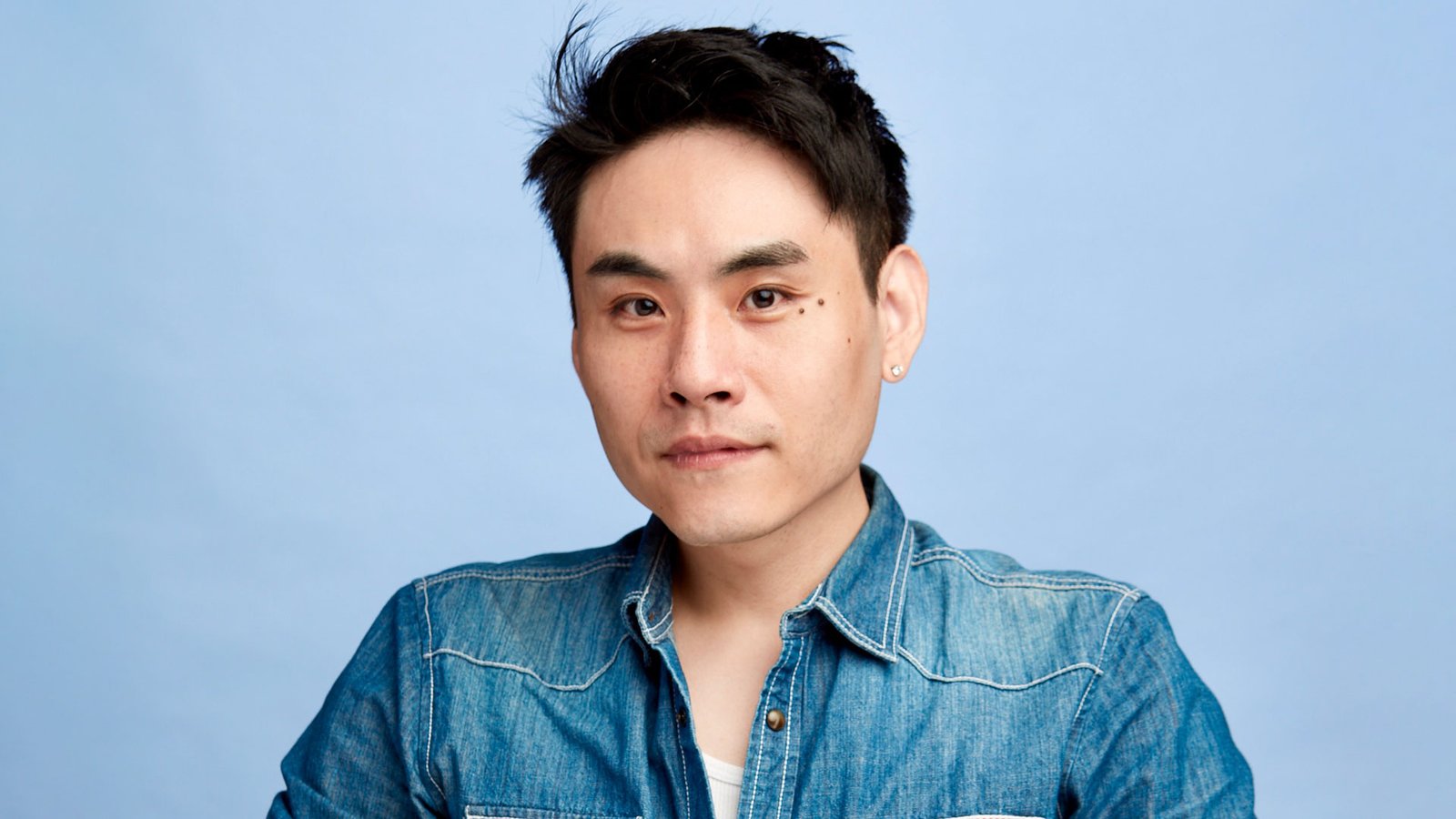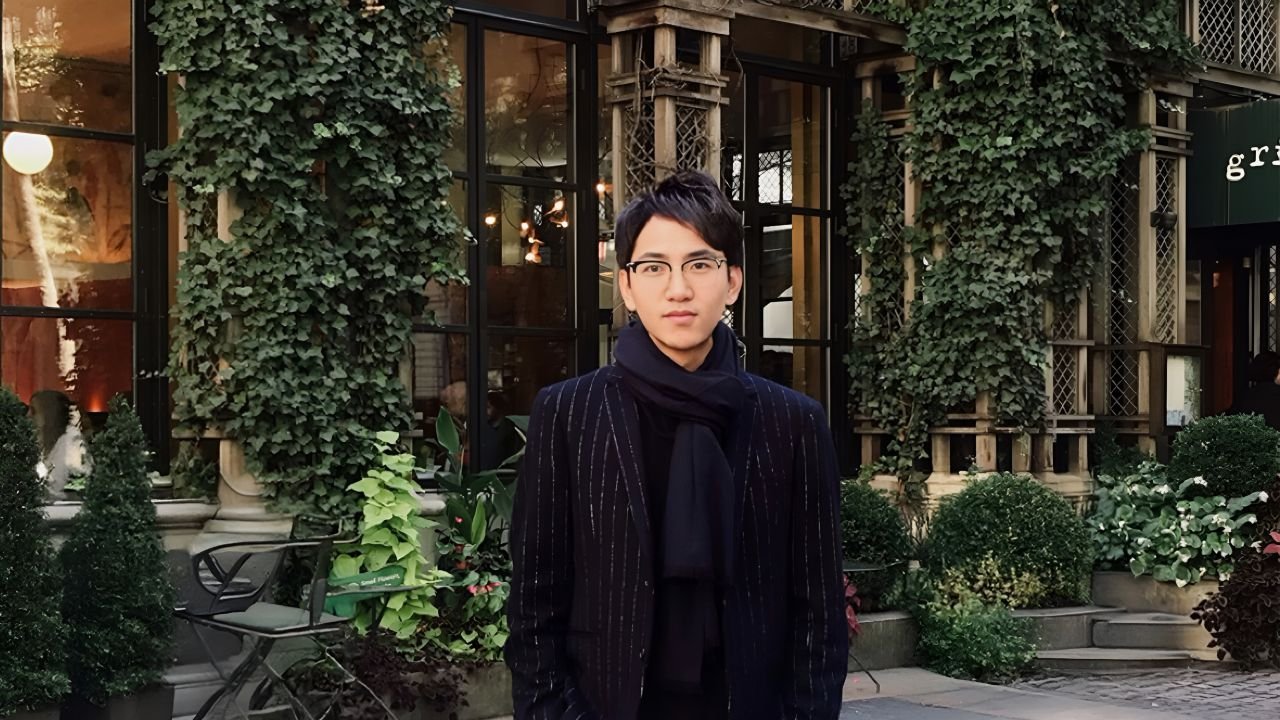An Interview Through Thoughtful Motion Work of Galina Tretyak
Galina Tretyak
Specialising in 3D motion and communication design, Galina Tretyak uses visual storytelling to explore how design affects perception and feeling. Her process is informed by outside disciplines and built on strong structural principles that support expressive yet intentional outcomes.
Hi, my name is Galina Tretyak. For the past seven years, I’ve been exploring design in the field of communications and 3D motion. What inspires me most is how design can transform not only our visual environment but also our internal state. Through visual storytelling, I learn to better understand myself, influence perception, and engage with the world.
Receiving Platinum and Gold awards was a meaningful boost that helped reinforce my professional direction and confirm that I’m on the right path.
If you could describe your design approach in three words, what would they be and why?
Logic — helps me make grounded decisions aligned with business goals.
Openness — allows me to listen to the real needs of a project and embrace bold visual ideas.
Empathy — connects the team and the audience, fosters trust, and strengthens work on complex projects.
When I joined the team, the Plusonazhi characters were still in the early stages of developing their personalities and emotional range. I focused on capturing not just their form, but the mood behind each one. Because of their simplicity, they became like familiar companions, and I was able to place them naturally in various worlds. I aimed to create emotionally strong 3D scenes where the visual language would support and elevate the business goals.
Everyday stories and spontaneous moments at work. Often, the most seemingly insignificant situations spark the most vivid and effective ideas.
I try to build strong foundational elements in a project — whether it's core materials, a component system, or a flexible layout. This helps preserve my design intent while staying within the scope of the brief. The balance comes from understanding which elements carry meaning and emphasising them in the visual structure.
The hardest part was not getting carried away. With a large-scale project, you want to do everything at once. As a team, we learned to pause at the right moment and focus on what truly worked. That clarity helped us shape a bold and coherent result.
Movement helps — whether it’s sports, live music, walking, or reading outdoors. Shifting into a physical rhythm helps me reset and return to the project with a fresh perspective and greater clarity
I approach projects the way I’d like others to approach work made for me. For me, quality and creativity should go hand in hand. Even in the smallest details, I try to show care — for the craft itself and for those who will experience the result.
Develop your own way of seeing — and learn to recognise its boundaries. Be flexible but don’t lose yourself. Preserve your individuality, understand why you do what you do, and don’t let tools define you. Observe the world, jot down your ideas, and don’t be afraid to bring them to life.
I’d love to work on a cinematic project in the spirit of The Blood of Dawnwalker — something with visual depth and strong narrative. Or to be part of teams like BUCK, Panoply, or The Mill, where aesthetics, storytelling, and emotional expression are held in equal regard.
I wish people asked: “Can design change people?”
My answer is: Yes. It changed me. So I believe it can change others too.
Winning Entries
Explore more through Designing the Everyday Beautiful: An Interview with Mallory Bouchard here.
ADVERTISEMENT
